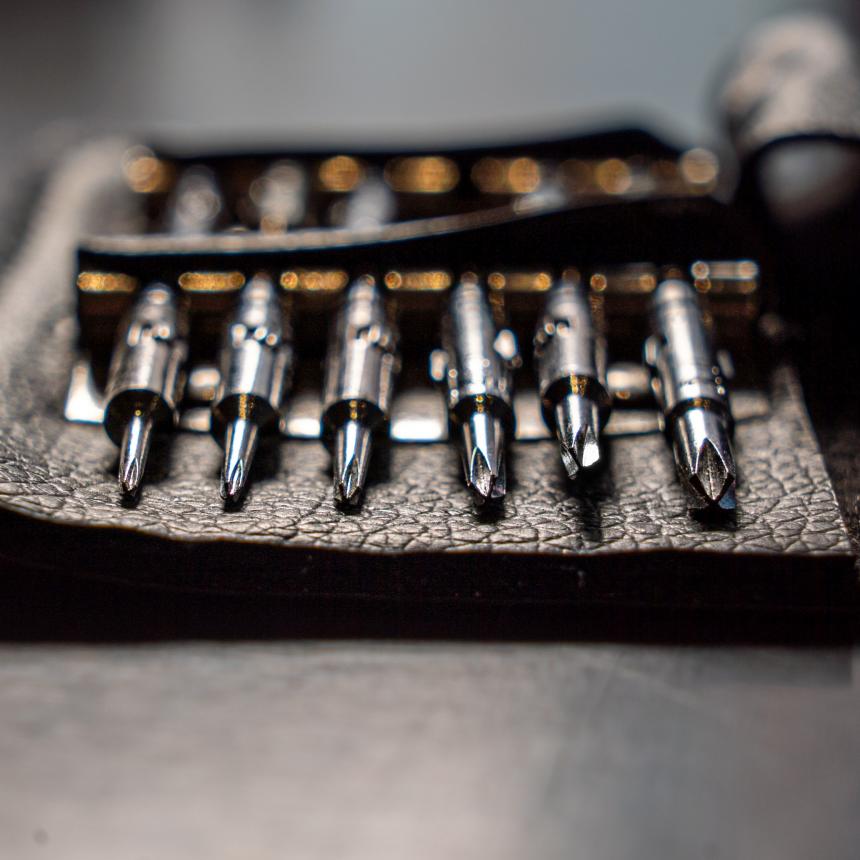As its name implies, high-speed tool steel has a great ability to cut materials at high speeds. This steel is a complex, iron-base alloy formed out of various metal elements namely, molybdenum, carbon, tungsten, chromium, vanadium. Cobalt is also used in some cases. Carbon and alloying elements are often used in balanced amounts to provide great hardening response, and high-resistance to wear as well as to the undesirable effects of heat treatments. With these desirable properties, this cutting tool is utilized for a variety of industrial cutting operations.
Conversely, in the case of commercial practice, there are two groups of cutting materials.
The first one is the high-speed tool steel that is internationally recognized as the standard tool for nearly all types of applications either with mild to severe cutting conditions.
The other group of this steel material is called the intermediate steel, which is found suitable for just a few applications that are subjected to mild to moderate cutting conditions. In order for tool steels to be considered as the standard for a specific application, there are a set of minimum requirements to be satisfied. These requirements depend on the type of alloy that will be used for a particular group of tool steel.
On one hand, high-speed tool steel, no matter where they belong in the classification of these cutting tools, still has striking similarity in their make-up. Hence, it is important to note these similarities. First is the fact that they all contain a high-alloy element. The second similarity is that they are made up of sufficient carbon in order for them to enable the hardening response. Lastly, they are being processed to be hardened deeply to make it possible that virtually all their sections must achieve uniform hardness. So, overall, these tool steels are processed at elevated temperatures and are transformed in a manner that even the tiniest sections can be air-cooled and reach their optimal hardness.
Our team at Alnor Industries are experts in metal scraps and recycling. Contact us today to learn about how you can gain value by recycling your tool steels.



